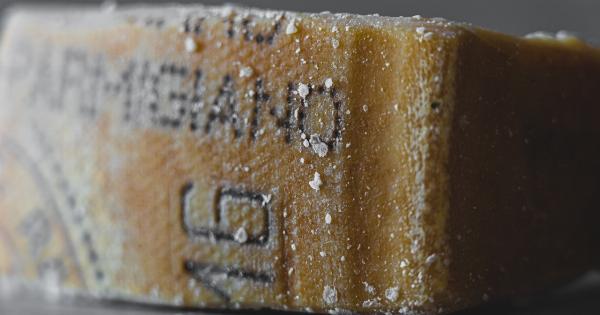As parents, it is crucial to understand the impact of salt on our children’s health. While salt is an essential mineral required by the body, excessive intake can lead to several health problems, especially in children.
In this article, we will dive deep into what parents need to know about salt and its effects on kids.
1. The Importance of Salt in the Body
Salt, scientifically known as sodium chloride, plays a vital role in maintaining the body’s fluid balance and aiding nerve and muscle function. It also helps regulate blood pressure and supports the proper functioning of various organs.
2. Understanding Sodium Intake Guidelines
The recommended daily intake of sodium varies depending on age. The American Heart Association suggests a maximum intake of 1,500 milligrams (mg) of sodium for children aged 1 to 3 years, and 1,900 mg for children aged 4 to 8 years.
For older children and teenagers, the limit goes up to 2,300 mg per day.
3. Hidden Sources of Sodium
While we often associate salt with table salt or added salt in meals, many other processed foods contain hidden sources of sodium. These include fast food, processed meats, canned soups, chips, and even some breakfast cereals.
It is vital for parents to carefully read food labels and be mindful of the sodium content in these products.
4. Risks of Excessive Salt Intake
Consuming too much salt can have serious implications for children’s health. Excessive salt intake has been linked to high blood pressure, which may increase the risk of heart disease later in life.
It can also lead to fluid retention, putting strain on the kidneys and potentially contributing to kidney problems.
5. Development of Taste Preferences
Introducing salt to children’s diets at an early age may shape their taste preferences. Children who consume a diet high in salt are more likely to develop a preference for salty foods in the long run.
This can perpetuate a cycle of unhealthy eating habits, making it difficult for them to appreciate the natural flavors of foods that are low in salt.
6. Salt and Childhood Obesity
Excessive salt intake has been associated with an increased risk of childhood obesity. Salt-rich diets often consist of processed and fast foods that are typically high in calories and low in nutritional value.
By reducing salt intake and encouraging a balanced diet, parents can help prevent obesity and its related health complications in their children.
7. Teaching Healthy Habits
Parents play a significant role in shaping their children’s eating habits. By encouraging a low-sodium diet from an early age, parents can instill healthy habits that last a lifetime.
It is essential to provide children with a variety of nutritious meals and snacks that are low in salt but high in essential nutrients.
8. Cooking Alternatives
When cooking for children, there are numerous alternatives to salt that can enhance the flavor of dishes. Using herbs, spices, and citrus juices can add depth and taste to meals without relying heavily on salt.
Experimenting with different flavors can introduce children to a diverse range of tastes and curb their dependence on high-sodium foods.
9. Educating Children about Salt
Teaching children about the importance of salt moderation can empower them to make healthier food choices.
Explaining the potential risks associated with excessive salt intake in a child-friendly manner helps create awareness and encourages them to take an active role in maintaining their own health.
10. Creating a Low-Sodium Environment
Aside from reducing salt intake, it is crucial to create a low-sodium environment for children. This can be achieved by minimizing the availability of high-sodium snacks at home and offering healthier alternatives.
Additionally, packing homemade lunches and snacks allows parents to have better control over the sodium content in their children’s meals.






























